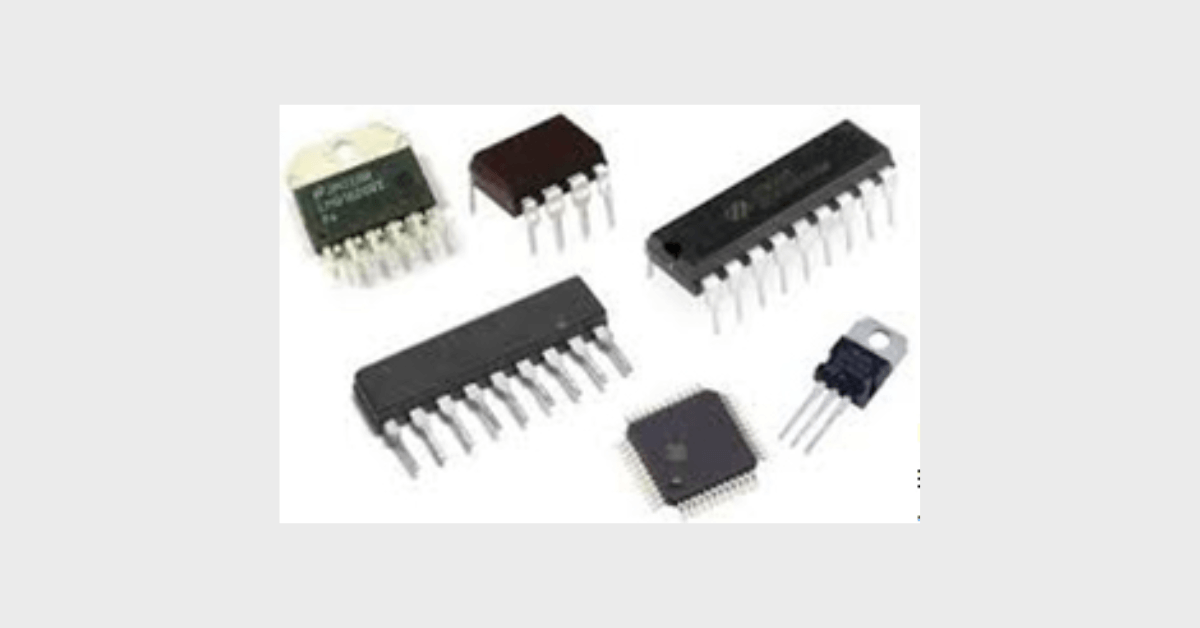
In a world of parts scarcity, buyer be “even-more-aware” holds. When a potential supplier offers valid looking parts with recent date codes at a reasonable price, while every other resource is coming up dry, there may be a reason. Malicious suppliers have invested heavily in equipment and resources with the intention of producing facsimiles of some of the most sought after parts.
Common Counterfeit Components Include:
- Lower spec or tolerance parts which have their part numbers removed / replaced with higher spec part numbers
- Rejects from factories which are re-purposed as good parts
- Old parts recycled and resold as new
- Lower spec dies which are placed into high spec packages
- Inexpensive, less reliable copies of a name part
If these parts make it past production and into finished goods inventory, then repercussion are drastic. Most counterfeit parts are non-functional copies of the original. Those parts, if they make it past incoming inspection, will normally be discovered during functional electrical test. However, if the supplier provides lower level spec’d parts (temperature, reliability, etc.) that allow your finished products to pass testing, you are exposed to an even bigger problem. This equipment may be fielded in extreme environments that need to meet the high specification requirements. They will eventually fail and potentially cause major problems for your customer. The recovery costs of this type of event are enormous monetarily, but also to your reputation.
The best way to not to buy counterfeit parts is to purchase only from franchised distributors or direct from the manufacturer. The distributors receive material direct from the manufacturer. It’s a very rare occurrence that their inventory is corrupted.
If you must buy outside of franchised distribution, buy from a broker you have a long-term relationship with. These suppliers should also have an AS5553 Counterfeit Parts; Avoidance, Detection, Mitigation, and Disposition program in place. They should have a certification from an accredited certification body.
If you must buy from companies that are not franchised, reputable or do not have a certified AS5553 program in place, you can mitigate the introduction of most counterfeit product by looking for the following tip-offs:
- Incorrect part numbers
- Spelling errors
- Incorrect date
- Manufacturer origin
- Pre-soldered pins
- Unfamiliar typography or font, including italics or underlines
- Package is made with the wrong material
- Laser cut lines in the markings
- Imperfections
- Wrong / incomplete logos
- IC markings are in ink and can be wiped away with acetone
More advanced and time-consuming ways to check on the authenticity include various forms of in-depth testing. While this may affect your timeline, making sure your parts are legitimate and authentic will save you time, money, and reputation in the long-term.
- Blacktopping is a common technique where a counterfeiter will apply a thin layer of blacktopping material to cover details such as an original part number. An acetone wash will help to remove false printing or reveal the remnants of previous markings.
- Electrical testing compares the results to the tolerances recorded by the manufacturer in order to determine whether the part is genuine or not.
- De-capsulation involves various techniques, often involving an acid solution, which therefore makes the process destructive. However, once this process is complete you can see the inner workings and get a more accurate view of components such as manufacturer markings, defects to the die, typography, or that the part numbers are accurate and authentic.
- An advanced scanning microscope uses a narrow infrared laser to examine an electronic chip and gain more information about the chip construction and the function of the circuit at the transistor level.
- X-ray can be used to inspect the die. X ray-inspections will reveal if the die is in the proper place, if the die are consistent sizes, and if the wire bonds are broken or missing.
Our electronics components and devices are selectively purchased from franchised or original manufacturers as much as possible. If not, we buy from brokers with whom we have a relationship and who also have an acceptable AS5553 program in place. We employ stringent incoming inspection to check for any counterfeit parts from any other sources. Our procurement, manufacturing, and test services are subject to these certified processes and procedures. Contact us for more information about our electronics manufacturing services and how we keep our electronics supply chain counterfeit clean.


